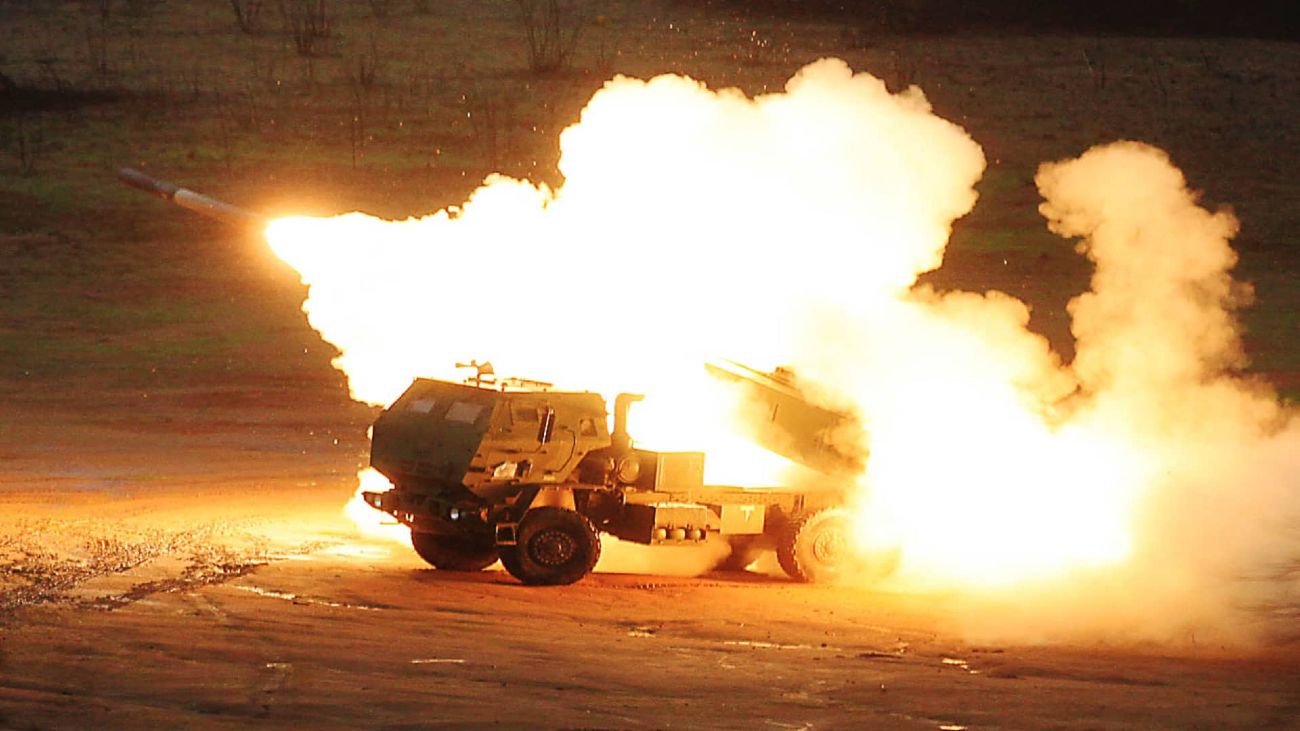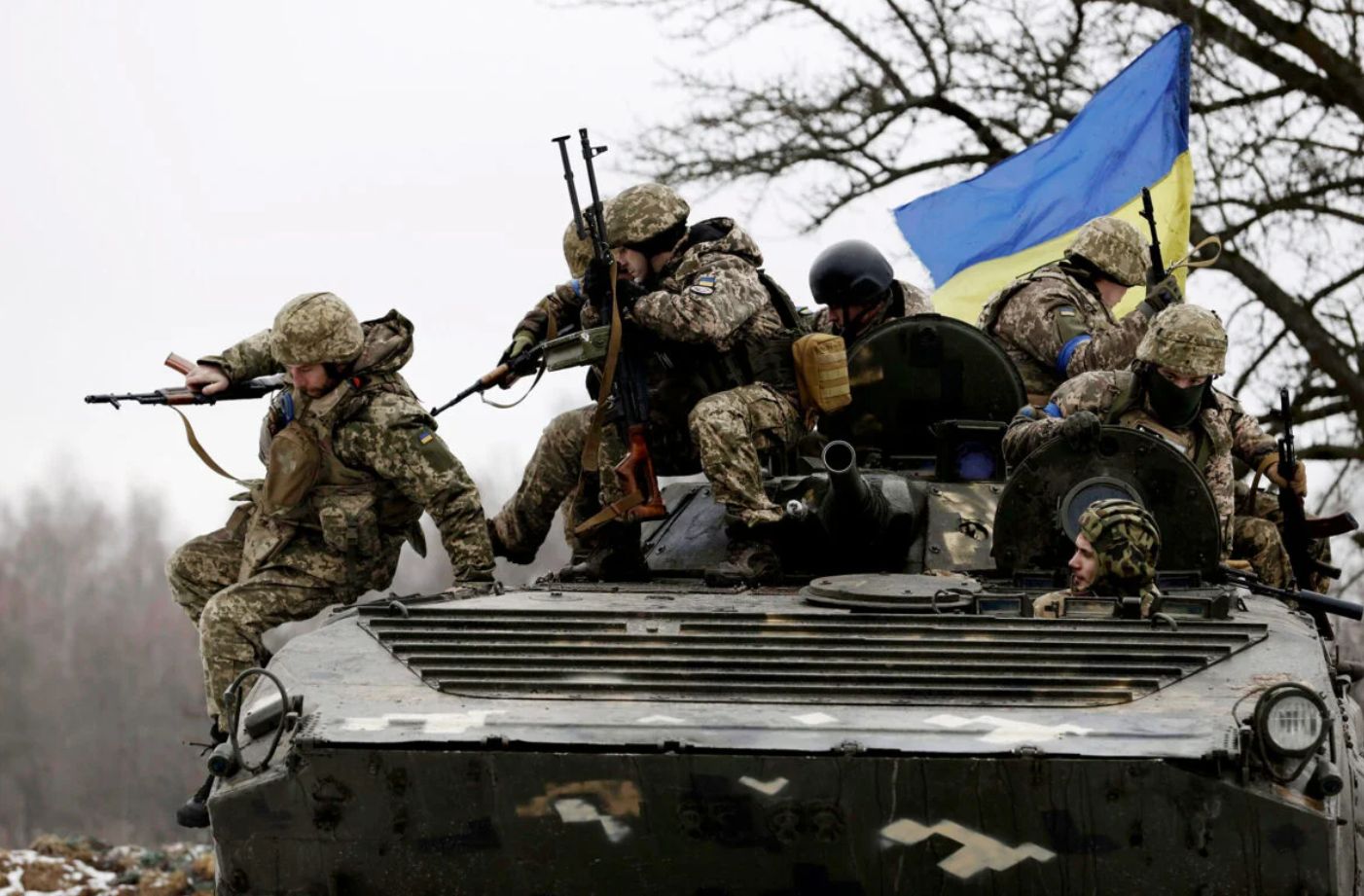Since the beginning of Russia’s “Special Military Operation” (SMO) against Ukraine last year, the fortunes of the war have swung back and forth. The dramatic battles around Kyiv and Mariupol, and the new age warfare with drones and PGMs (Precision Guided Munitions), kept us enthralled.
Crippled Russia Is ‘Re-Importing’ Military Hardware From India Amid Shortage Of Components – Reports
After the initial gains, Russia appeared to be on the back foot in August-September 2022. Then the frontlines settled down in a hard-fought, grinding stalemate.
Attitudes and narratives on both sides hardened to intractable levels. Any hope of an early peace receded along with prospects of a political solution. It was clear that one side had to decisively prevail on the battlefield before there was any probability of a modus vivendi being worked out. That is when started talk of a coming “offensive.” Governments, allies, OSINTs, and “fans” joined the chorus.
First, they told us the Russian offensive would come in winter after Putin announced the autumn draft last September. 3,00,000 men were reportedly drafted, and we waited. Winter turned into thaw, but there was no offensive.
Then they told us there would be a Ukrainian offensive sometimes in winter or, indeed, in spring. We waited for the mud to dry up and the ground to harden so that Ukrainian mechanized formations could maneuver. Now it is the end of May, and summer has come – but no offense came! So, what is the deal here? Where is the action?
Bakhmut saw slaughter aplenty. Ugledar saw the preponderance of “small tactics.” But still no offensive! Some tried to discover a failed Russian offensive. Others are rationalizing the delay in the Ukrainian offensive –waiting for “WunderWaffe” from the West.
First, it was about the artillery – in came the HIMARS. Then it was about the tanks. The Abrams, Challengers, and Leopards. Then the Air defense platforms. The Patriots came in to “make the difference.” But the only difference we saw was the fall of Bakhmut after months of bravado in ruins! So, then the Storm Shadows were supposed to be the game changers. And they, in turn, started getting shot down while the Patriots got hammered! And now, the F16s haven’t arrived yet!
As per the latest RuMoD statement, Total AFU (armed forces of Ukraine) losses in the South Donetsk direction were over 1,500 Ukrainian servicemen, 28 tanks, including FRG-manufactured 8 Leopard tanks, three French-manufactured AMX-10 wheeled tanks, and 109 armored fighting vehicles.
An offensive, whether Russian or Ukrainian, is subject to certain time-tested military factors. The aim, what benefit will the offensive deliver to the country attempting it, and where (geographically) should it be targeted? Next, the “means.” The numbers and quality of resources required to bring in those benefits. And a ‘doctrine’ for marrying the aim with the means. This would be channeled into an operational strategy translating into the campaign plan. These must be studied vis the enemy’s intentions, logical priorities, and resources.
Russia had its “offensive” last year and blew it! Well, they gained ground in the east and south. They secured the approaches to Crimea for the moment, and they have had some sort of revenge against the Far-Right outfits that plagued the Russophile folks in these areas—the Azov regiment, for instance.

Russia didn’t have the numbers to begin with, and its doctrine didn’t favor the “Iraq model.” Russia didn’t go all out and underestimated Ukraine’s resolve on the field. Through its conflicts down the ages, rather than wars of maneuver, Russia demonstrated success in long grinding campaigns, trading space for time, bleeding the enemy, and then prevailing through strategic depth.
One-off instances, like the USSR’s Operation Bagration of June 1944, may not be the right example in this context. By the summer of 1944, Germany had been bled white. Western allies had opened multiple fronts. German industry was under continuous bombardment.
Against this backdrop, the Soviets smashed the German Army Group Center in a massive offensive. In a month, AGC had lost 28 of its 40 divisions! In the next few months, the Soviets drove out the enemy from most of the USSR.
Similarly, in the Cold War, the world didn’t get an opportunity to check out the efficacy of a Soviet campaign of maneuver. And this time, Russia doesn’t have the numbers to give it another go in 2023 after the unexpectedly significant losses in men and equipment a year back.
After last year’s losses, Russia managed to recruit and induct around 4,17,000 new men till now. 3,00,000 through last spring’s draft and 5,21,000 this year through volunteers coming on contract (per the Russian Ministry of Defense). Some sources speculate that 1,17,000 of those are already on board. So, how do Shoigu and the Russian General Staff plan to use them?
First, the frontline units needed to be brought up to strength to compensate for attrition. Then came the build-up of operational reserves for defense and offense. Making good last year’s attrition in armor posed a bigger challenge. Till recently, Russia’s sole AFV-producing complex – Uralvagonzavod – could manufacture about 160 tanks a year. 2022’s losses were considerably higher than that!
Russia watchers claim that the production capacity has expanded rapidly over the last year. Ambitious claims put the figure at 600 new tanks till May. That is almost nine times the old rate of production! Has Russia done it? In the meantime, they rolled out older tanks from the Cold War era. Presumably, these would be used not as combat tanks but in other combat roles, viz., self-propelled guns, personnel & ammunition carriers, et al.
If Russia commits itself to an offensive, in one sector, with all its new strength, then it runs the following risk-Ukraine absorbs the shock like last year, wears the offensive down, and then hits out in another sector of its choosing, for which Russia will have no recourse. As per military and political logic, Ukraine is likely to make a play for the Sea of Azov coastline and, subsequently, for Crimea. They will only be too happy to let Russia bleed once more and then go hell for leather at the coastline.
So, Russia didn’t oblige Ukraine! Instead, they accepted the risk of handing the military initiative to the NATO-backed Ukrainian military. Now, why would Russia do such a thing? In Spanish bullfights, the matador waves the red cape, and the bull blunders into it and gets its horns entangled! Then the matador plunges his lance into the flanks of the animal!
If Russia is cautious about numbers, then Ukraine is even more so! Ukraine too has suffered crippling losses in the last 15 months. Their manpower pool is even more constrained. The new weapons they are receiving from NATO are not impressive in numbers.
These are supposed to be superior in quality and features. But on the battlefield, there are no magic weapons. These have complex maintenance and operational parameters. And above all, they are all vulnerable to a determined enemy and its improvisations.
In the last few months, Ukraine has anxiously watched as Russian forces got the measure of the HIMARS, Patriots, and Storm Shadows. So, what could be the probable outcome of a Ukrainian “offensive?”

Since Russia withdrew from Kherson and gave up on big-ticket maneuvers, they spent their time and resources shaping the battlespace—Ugledar, Soledar, and then Wagner’s epic struggle for Bakhmut. Now there is talk of storming Avdiivka. Small sub-sectors, like hinges on the doors of a long front. They were grinding battles with high casualties.
My analysis of the situation concludes that the Russians are waiting for Ukraine to commit its forces and reserves to an offensive (like the bull and matador metaphor above) before moving. Ukraine’s most probable moves have been pretty obvious for some time. First, a feint towards some handy town or city in mainland Russia (like their Belgorod antics).
Through these, they hope to draw Russian reserves willy-nilly from the south. Then they would take their chances against the thinned-out Russian forces anywhere between Kherson to Bakhmut, with its center of gravity at Zaporizhiya. As a compelling threat to Russia’s lines of communication to the mainland, Ukraine might be tempted to make a secondary effort in the Bakhmut area, threateningly moving southward.
If Russia has been able to marshal its resources and preserve its reserves by the time Ukraine makes these moves, then their counter moves may be somewhat like what is shown in the map below.
Possible Ukrainian axes of offensive (in red) and Russian counter moves (in yellow).
Story: https://t.co/68Kh4vmPCs pic.twitter.com/EYXwfdF6j0
— EurAsian Times (@THEEURASIATIMES) June 6, 2023
The assumptions behind the above include that Ukraine is at the end of its tether in terms of a trained, battle-worthy manpower pool. If they commit their reserves and Russia can destroy those formations, then Ukraine will have nothing much left to fight back elsewhere – any other front where Russia might deliver its coup de grace!
There is the instance of the German “spring (Ludendorff) offensive” of March 1918, towards the end of WWI. Desperate for a victory in the west, they had committed their last reserves to an ambitious, all-out offensive that started well but failed to fetch a decisive victory. In the bargain, Germany lost the war!
In the case of Ukraine, due to NATO’s all-out support, it may not come to a total defeat like Germany’s in WWI. But the political settlement that would ensue is a topic for another day.
- By Sandeep Mukherjee
- Follow EurAsian Times on Google News





